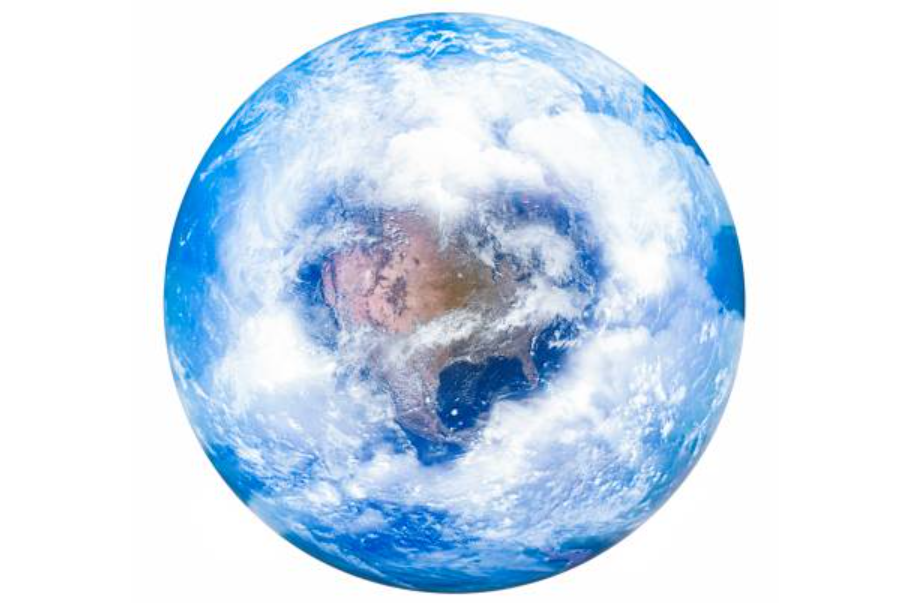New information about a global ice-age event that occurred over 700 million years ago, when glaciers blanketed the Earth from pole to pole, is revealed by Australian geologists.
This groundbreaking research, led by Dr. Adriana Dutkiewicz of the University of Sydney, sheds light on the planet’s natural temperature regulation mechanisms, underscoring the delicate balance of Earth’s climate in response to fluctuations in atmospheric carbon dioxide levels.
Known as the Snowball Earth, this ancient freeze saw the planet gripped by ice, with temperatures plummeting to unprecedented lows.
The precise cause of this global deep freeze has long puzzled scientists, but a recent study suggests it may have been triggered by historically low volcanic carbon dioxide emissions, coupled with the weathering of volcanic rock in what is now Canada.
The team’s findings, based on sophisticated EarthByte computer models and inspired by geological fieldwork led by Professor Alan Collins of the University of Adelaide, point to a prolonged ice age, known as the Sturtian glaciation, lasting from 717 to 660 million years ago.
This period, occurring well before the emergence of complex life forms, represents a crucial chapter in Earth’s ancient history. The team’s research highlights a correlation between the onset of the Sturtian glaciation and a significant reduction in volcanic CO2 emissions, which persisted throughout the ice age.
Geological Influence on Earth’s Climate

During this time, Earth’s climate was predominantly influenced by geological processes, with plate tectonics and volcanic activity playing key roles.
The team’s analysis suggests that a drop in atmospheric CO2 levels below 200 parts per million was critical for triggering glaciation, starkly different from today’s levels.Looking ahead, the study prompts speculation about Earth’s distant future.
While geological processes unfold over immense timescales, trends in diminishing volcanic CO2 emissions raise the possibility of another ice age, contrasting sharply with the rapid pace of human-induced climate change.
Dr. Dutkiewicz emphasizes the importance of recognizing the slow pace of geological climate change compared to human-induced alterations.
By bridging the past with potential future scenarios, this research underscores the intricate interplay between geological processes and climate dynamics, offering valuable insights into Earth’s ancient past and its evolving future.


Comments are closed.